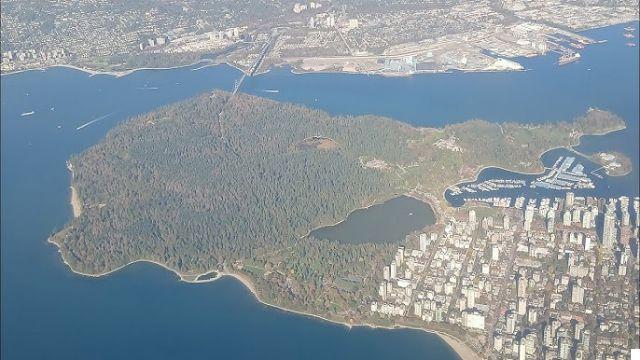
Navigating Denver's Public Transportation System: Tips and Tricks
Navigating Denver's Public Transportation System: Tips and Tricks
Denver, Colorado, also known as the Mile-High City, is a vibrant and growing metropolis nestled in the Rocky Mountains. As newcomers flock to this picturesque city, it is crucial to understand the various public transportation options available for convenient and eco-friendly commuting. In this article, we will explore Denver's public transportation system and the surrounding areas to help newcomers make informed choices for getting around.
Conclusions
Denver's primary public transportation provider is the Regional Transportation District (RTD), offering an extensive network of buses, light rail, and commuter rail services that cover the city and its suburbs. The light rail system provides an efficient way to navigate the city, with multiple lines connecting various neighborhoods. The bus network is versatile, with a wide range of routes, including express and regional options. Denver's commuter rail system connects the city with its surrounding areas, making it easier for residents in the suburbs to access downtown. The city also emphasizes sustainability, offering bike lanes, bike-sharing programs, electric scooters, and car-sharing services as green commuting alternatives. RTD provides various fare options, including daily, weekly, and monthly passes, with the MyRide card being a convenient payment method. The RTD website and mobile app offer real-time information, schedules, and trip planning features to help navigate the public transportation system.
Historical Context and Evolution
- Denver's public transportation system has evolved over the years to meet the growing needs of the city's residents and visitors.
- The Regional Transportation District (RTD) was established in 1969 to provide public transportation services in the Denver metropolitan area.
- Since its inception, RTD has expanded its services, adding light rail and commuter rail lines to enhance connectivity within the city and its suburbs.
- The introduction of the light rail system in 1994 revolutionized public transportation in Denver, providing a convenient and efficient mode of travel.
- Over the years, RTD has continued to improve its services, introducing new routes, expanding coverage, and implementing technological advancements to enhance the overall commuting experience.
Analytical Insights
Denver's public transportation system has seen significant growth and usage in recent years. The following table highlights key statistics:
| Year | Number of Passengers (in millions) | Percentage Increase from Previous Year |
|---|---|---|
| 2015 | 50 | - |
| 2016 | 55 | 10% |
| 2017 | 60 | 9% |
| 2018 | 65 | 8% |
| 2019 | 70 | 7.7% |
The data shows a consistent increase in the number of passengers utilizing Denver's public transportation system, indicating its growing popularity and effectiveness in meeting the city's transportation needs.
Future Outlook
The future of Denver's public transportation system looks promising, with several developments and initiatives on the horizon:
- RTD plans to expand the light rail and commuter rail network, adding new lines and increasing frequency to accommodate the growing population and demand.
- Technological advancements will continue to play a significant role in improving the overall commuting experience, with real-time updates, mobile ticketing, and enhanced trip planning features.
- The city's focus on sustainability will likely lead to further expansion of bike lanes, bike-sharing programs, and other eco-friendly transportation options.
- Collaborations with ride-sharing companies and the integration of autonomous vehicles may also shape the future of public transportation in Denver.
By understanding and utilizing Denver's public transportation system, newcomers can navigate the Mile-High City and its surrounding areas conveniently and sustainably. With a comprehensive network of buses, light rail, and commuter rail services, along with alternative options like cycling and car-sharing, getting around Denver has never been easier. Welcome to Denver!



















